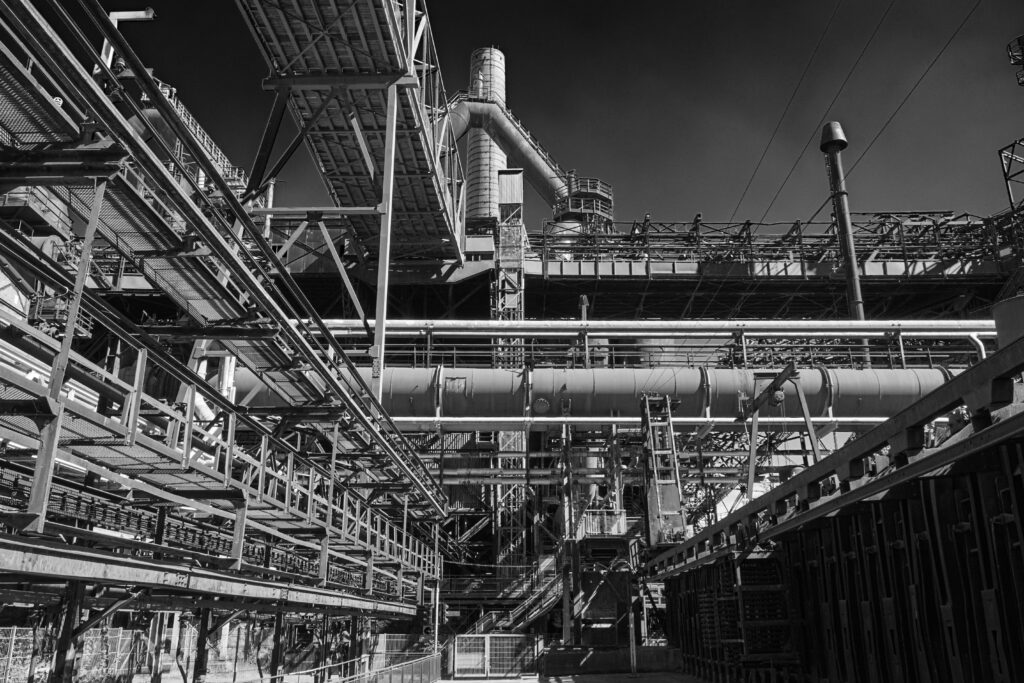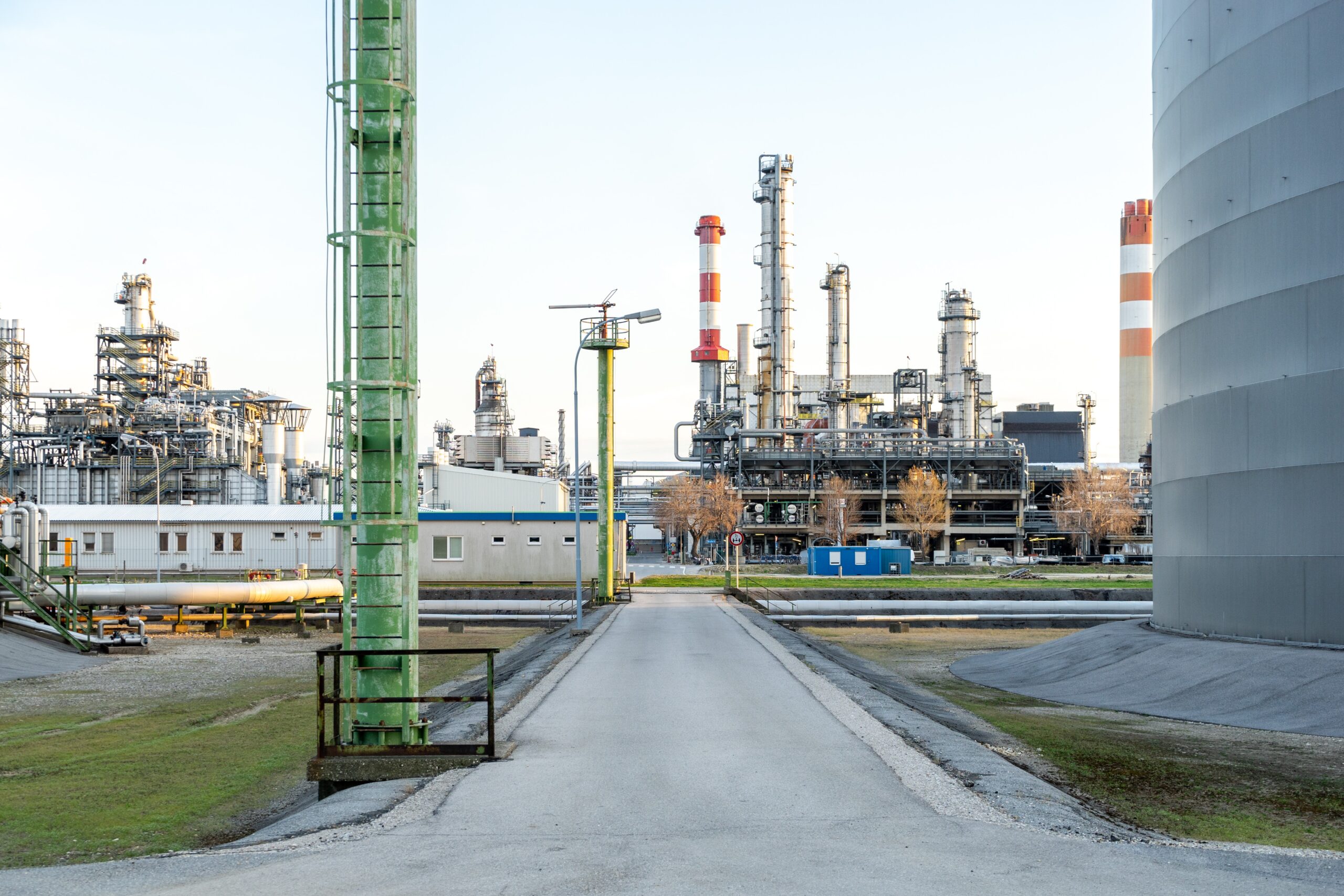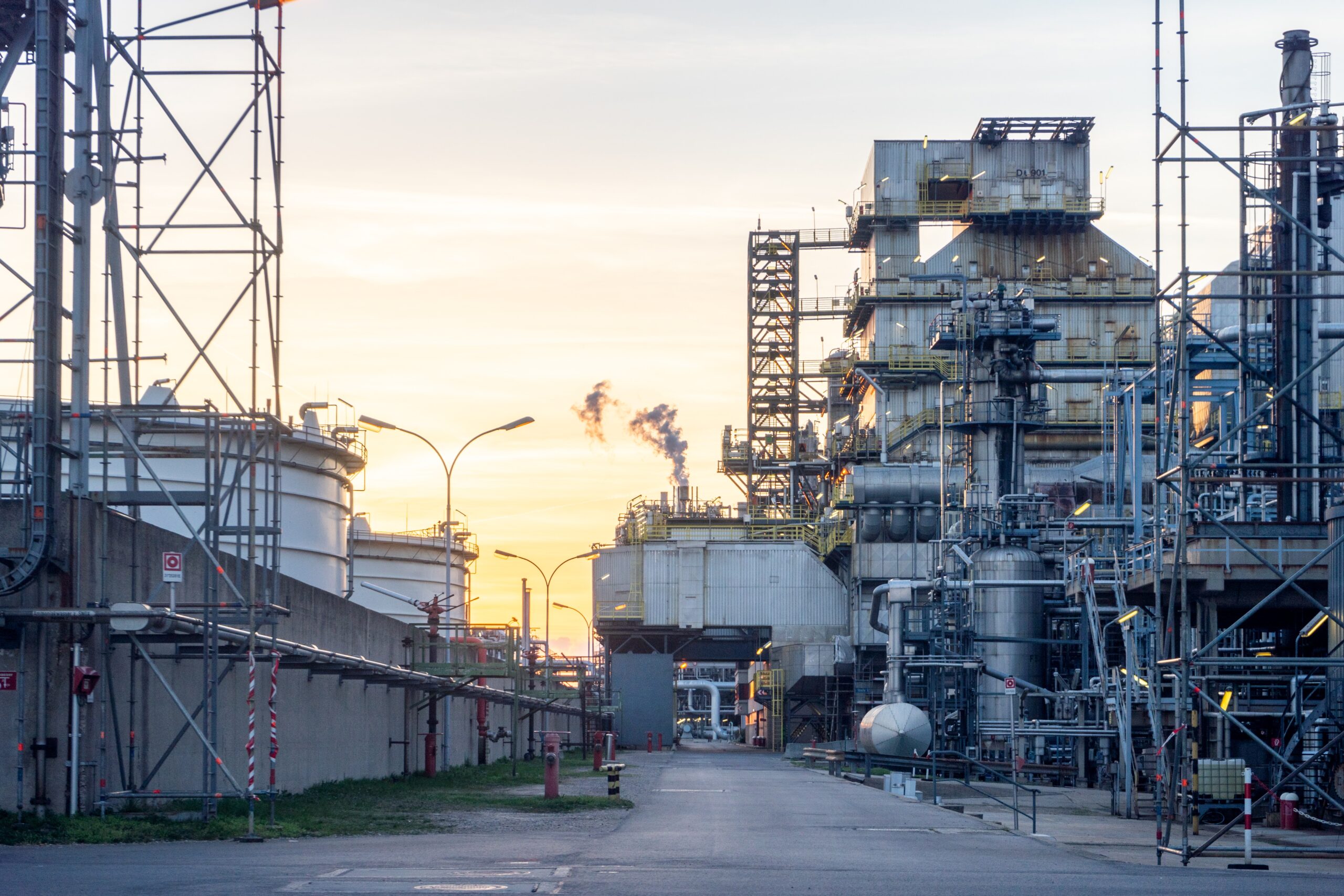In the oil & gas, power, petrochemical, and other process industries, the successful performance of any plant depends heavily on the quality of piping system installation. While the design phase is critical, improper on-site installation can lead to failures, safety hazards, costly rework, and schedule delays.
In this blog post, we will explore the best practices that should be followed during piping system installation on site to ensure safety, efficiency, and long-term performance.
1. Pre-Installation Planning
a) Review of Engineering Deliverables
- Ensure that isometric drawings, GA drawings, P&IDs, and support details are thoroughly reviewed before starting work.
- Verify line numbers, material specifications, and welding requirements.
- Check for any field welds, site routing, or design clarifications needed.
b) Site Readiness
- Confirm that foundations, pipe racks, and equipment bases are ready.
- Ensure access for cranes, welders, and lifting equipment.
- Clear any clashes with civil, electrical, or structural elements.
2. Material Handling and Storage
- Store pipes and fittings in designated, leveled, and shaded areas.
- Protect stainless steel and alloy materials from contamination or corrosion.
- Use slings and padding to avoid damage during lifting.
- Tag and identify materials as per the Material Control System.
3. Inspection Before Installation
- Check pipe ends for damage or deformation.
- Verify material type, schedule, and dimensions as per the drawings.
- Ensure that the welding bevels, pipe cleanliness, and internal coatings (if applicable) are intact.
- Conduct visual inspections and dimensional checks before erection.
4. Pipe Erection and Alignment
- Follow the erection sequence in line with site constraints and schedule.
- Align flanges and mating faces correctly—no forced alignment should be used.
- Use temporary supports during alignment to prevent sagging or misalignment.
- Avoid overstressing nozzles of pumps or vessels—use soft connections or expansion joints where specified.
5. Welding and Joining
- Use qualified welders and welding procedures (WPS/PQR).
- Maintain the correct preheat and interpass temperatures.
- Ensure welding consumables are stored and handled correctly.
- Conduct in-process and final weld inspections (visual, radiographic, UT, etc.).
- Apply root and final pass cleaning for better weld quality.
6. Pipe Supports and Hangers
- Install supports as per approved support drawings and stress analysis requirements.
- Use the correct type and size of clamps, spring hangers, or guides.
- Ensure anchors, guides, and sliding supports are properly fixed.
- Do not remove temporary supports until permanent ones are in place.
7. Pressure Testing
- Conduct hydrostatic or pneumatic pressure tests as per code and client standards.
- Use calibrated gauges and maintain test records.
- Drain test water completely to avoid corrosion or freezing.
- Perform leak tests on threaded and gasketed joints.
8. Flange Management and Bolt Tightening
- Ensure correct gasket type and orientation.
- Use torque wrenches or tensioning tools for controlled bolt tightening.
- Follow a cross-pattern sequence for tightening.
- Avoid over-tightening which can damage gaskets or flanges.
9. Cleaning and Flushing
- Clean piping systems from debris, slag, or dust before commissioning.
- Apply chemical cleaning, air blowing, or water flushing as required.
- Check for cleanliness using pigging, visual inspection, or swab tests.
10. Safety Considerations
- Always conduct a Job Safety Analysis (JSA) before beginning any installation.
- Use proper PPE: gloves, helmets, goggles, safety shoes, etc.
- Ensure proper rigging practices for lifting and placing pipes.
- Watch for hot work permits, fire hazards, and confined space regulations.
11. Documentation and Handover
- Record all inspections, tests, and approvals in site quality records.
- Maintain a punch list and resolve open items before mechanical completion.
- Submit as-built drawings, test certificates, and welding logs.
Piping system installation is a critical phase where planning, quality control, and safety converge. Following best practices not only ensures code compliance but also enhances the reliability and longevity of the system. Remember: a well-installed piping system minimizes future maintenance, increases efficiency, and supports safe plant operations.



